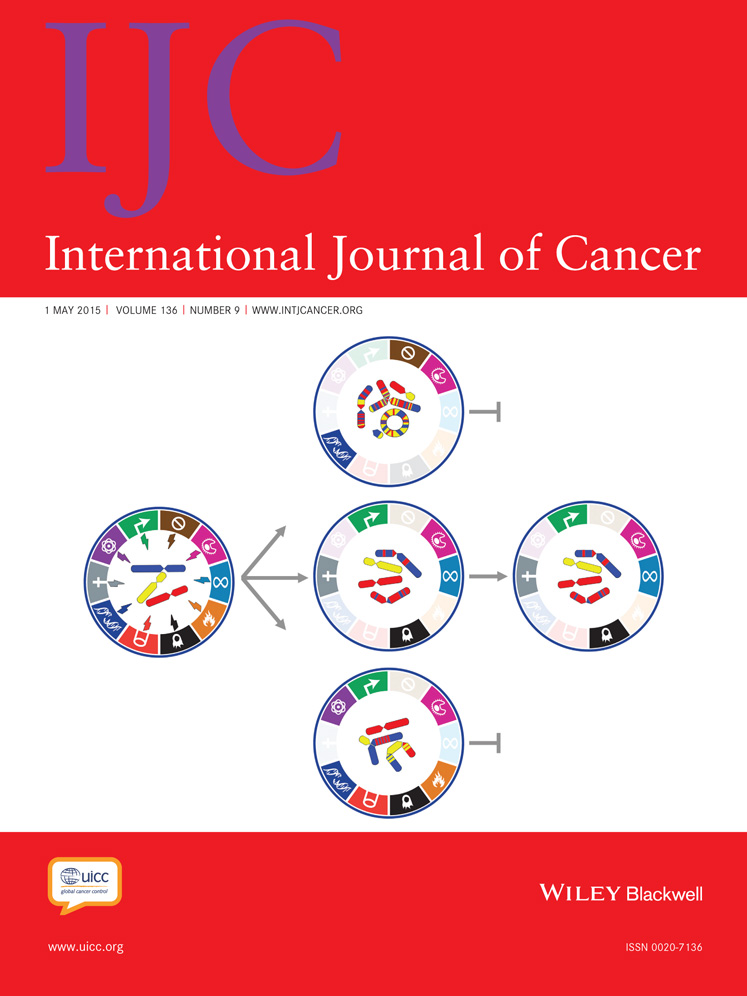Signal transducer and activator of transcription 5b drives malignant progression in a PDGFB-dependent proneural glioma model by suppressing apoptosis
Conflicts of Interest: The authors have no conflicts of interest to declare.
Abstract
Signal transducer and activator of transcription 5b (STAT5b) is likely the relevant STAT5 isoform with respect to the process of malignant progression in gliomas. STAT5b is a latent cytoplasmic protein involved in cell signaling through the modulation of growth factors, apoptosis, and angiogenesis. Previous in vitro studies have shown increased STAT5b expression in glioblastomas relative to low-grade tumors and normal brain. We recently demonstrated that phosphorylated STAT5b associates with delta epidermal growth factor receptor in the nucleus and subsequently binds the promoters of downstream effector molecules, including aurora kinase A. Analysis of TCGA dataset reveals that STAT5b is predominantly expressed in proneural (PN) gliomas relative to mesenchymal and neural gliomas. Here, we modeled ectopic expression of STAT5b in vivo using a platelet-derived growth factor subunit B (PDGFB)-dependent mouse model of PN glioma to determine its effect on tumor formation and progression. We showed that coexpression of STAT5b and PDGFB in mice yielded a significantly higher rate of high-grade gliomas than PDGFB expression alone. We also observed shorter survival in the combined expression set. High-grade tumors from the STAT5b + PDGFB expression set were found to have a lower rate of apoptosis than those from PDGFB alone. Furthermore, we showed that increased expression of STAT5b + PDGFB led to increased expression of downstream STAT5b targets, including Bcl-xL, cyclin D1 and aurora kinase A in high-grade tumors when compared to tumors derived from PDGFB alone. Our findings show that STAT5b promotes the malignant transformation of gliomas, particularly the PN subtype, and is a potential therapeutic target.
Abstract
What's New?
Evidence suggests that STAT5b, a member of the signal transduction and activator of transcription (STAT) family, may be of significance in glioma, possibly driving glioma progression from low-grade to high-grade. Analyzing data from The Cancer Genome Atlas (TCGA), the authors of the present report show that STAT5b expression is correlated with proneural glioblastoma (GBM). Modeling of STAT5b expression with platelet derived growth factor B (PDGFB) in a proneural model of murine glioma revealed that STAT5b promotes malignant degeneration to high-grade glioma and decreases tumor-free survival. The tumor-promoting activity was mediated through the anti-apoptotic effect of STAT5b.




